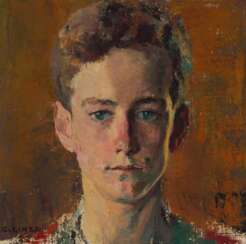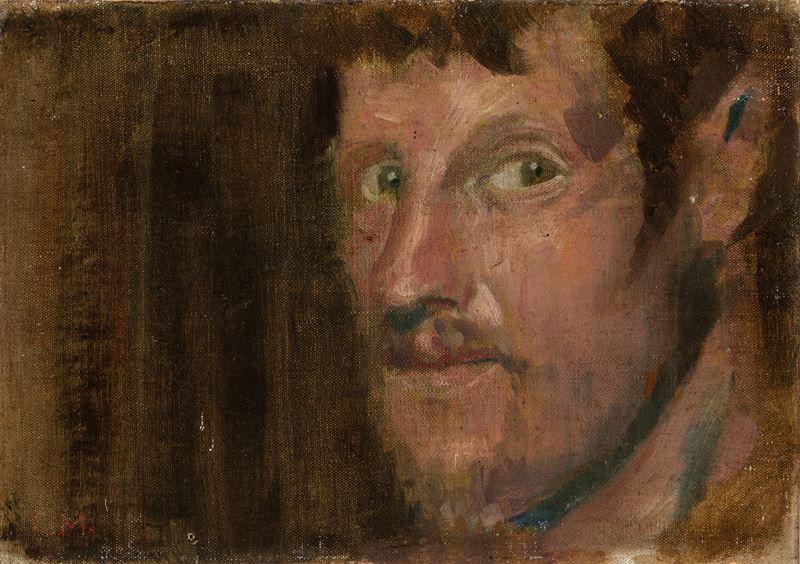carl liner

Carl Walter Liner was a Swiss painter.


Carl Walter Liner was a Swiss painter.


Carl Walter Liner was a Swiss painter.


Carl August Liner was a Swiss painter, graphic artist, designer and inventor. He is sometimes referred to as Senior to distinguish him from his son, Carl Walter Liner, who was also a well known painter.
In addition to his paintings, he designed postage stamps and posters and did illustrations. It was this work that provided most of his income. He was also an amateur inventor and holds the patent for an early version of the single-axis mower.


Carl August Liner was a Swiss painter, graphic artist, designer and inventor. He is sometimes referred to as Senior to distinguish him from his son, Carl Walter Liner, who was also a well known painter.
In addition to his paintings, he designed postage stamps and posters and did illustrations. It was this work that provided most of his income. He was also an amateur inventor and holds the patent for an early version of the single-axis mower.


Carl Walter Liner was a Swiss painter.


Carl Walter Liner was a Swiss painter.


Carl Walter Liner was a Swiss painter.


Carl Walter Liner was a Swiss painter.


Carl Walter Liner was a Swiss painter.


Carl Walter Liner was a Swiss painter.


Carl Walter Liner was a Swiss painter.


Carl Walter Liner was a Swiss painter.


Carl Walter Liner was a Swiss painter.


Carl Walter Liner was a Swiss painter.


Carl Wuttke was a German painter of the last quarter of the nineteenth and first quarter of the twentieth centuries. He is known as a landscape and architectural painter.
Carl Wuttke traveled extensively, visiting Italy, Spain, Norway, Africa, the United States, China and Japan. He created many paintings, including paintings for German Emperor Wilhelm II. Wuttke, although he specialized in landscape, also painted genre scenes. His vivid colors and style make him one of the forerunners of Impressionism


Carl Eduard Ferdinand Blechen was a German landscape painter, recognized for his pivotal role in the Romantic movement. Blechen transitioned from a banking job to pursue art, studying at the Berlin Academy and embarking on inspirational journeys to Italy and Dresden. His work, characterized by its vivid landscapes and emotional depth, reflected a new direction in painting, deeply influenced by his travels.
Notably, Carl Blechen's contributions to art were not limited to his creations; he was a respected educator, shaping the next generation of artists as a Professor of Landscape Painting at the Berlin Academy. Despite his professional success, Blechen battled with mental illness, which ultimately affected his career and led to his early death in 1840.
Carl Blechen's artworks, including "The Interior of the Palm House on the Pfaueninsel Near Potsdam," resonate with the Romantic ideals of natural beauty and emotional expression. While many of his pieces are in private collections, his legacy endures, influencing not only landscape painting but also the broader art historical narrative.
For art collectors and enthusiasts, Carl Blechen's work offers a window into the Romantic era's soul, capturing the transient beauty of nature and the human experience. His life story, marked by both brilliance and struggle, adds a poignant layer to his artistic achievements.
For those interested in the intersection of art, culture, and history, particularly in the Romantic period, staying informed about Carl Blechen's contributions and related art events can be enriching. Signing up for updates on new product sales and auction events related to Blechen's work is an excellent way to stay connected with this influential artist's enduring legacy.






Carl Georg Anton Graeb was a German architectural, decorative, and theatrical painter. He also worked as an engraver and created several landscapes. His son Paul Graeb (1842-1892) was also an architect and landscape painter.


Carl Wuttke was a German painter of the last quarter of the nineteenth and first quarter of the twentieth centuries. He is known as a landscape and architectural painter.
Carl Wuttke traveled extensively, visiting Italy, Spain, Norway, Africa, the United States, China and Japan. He created many paintings, including paintings for German Emperor Wilhelm II. Wuttke, although he specialized in landscape, also painted genre scenes. His vivid colors and style make him one of the forerunners of Impressionism





































































